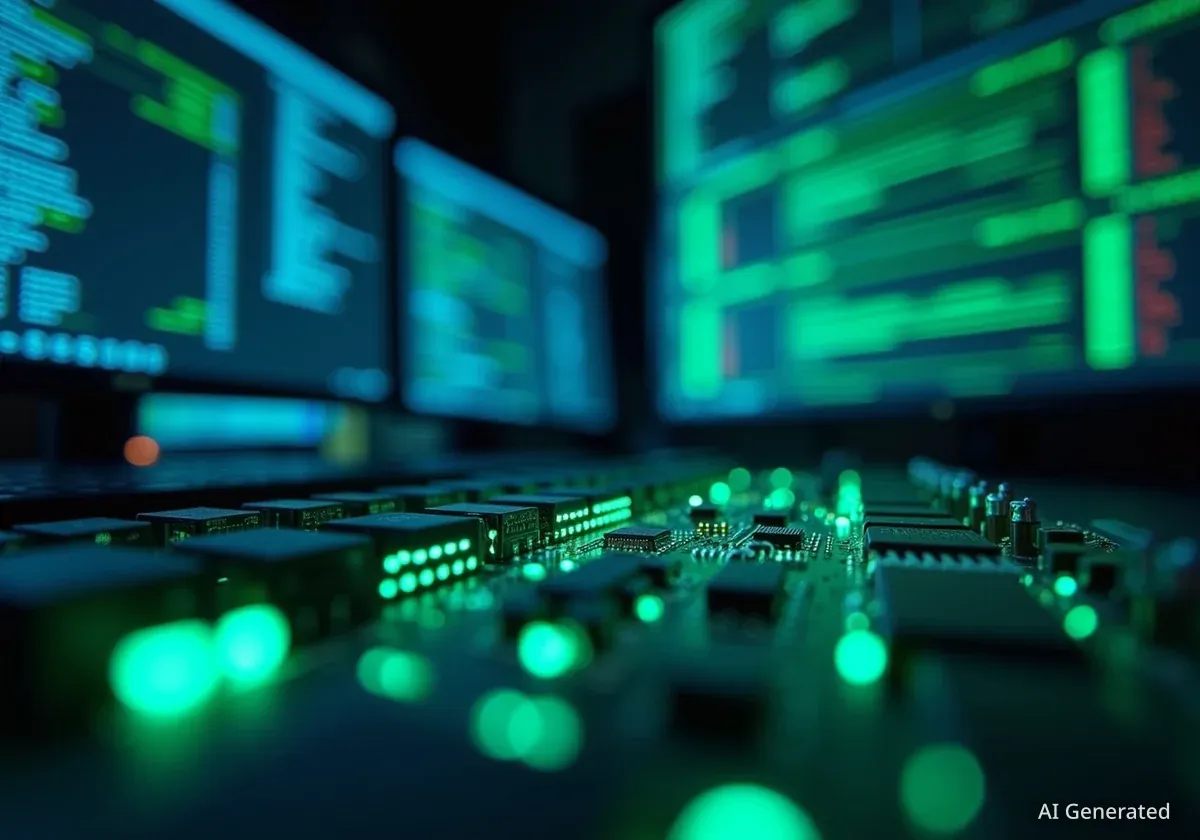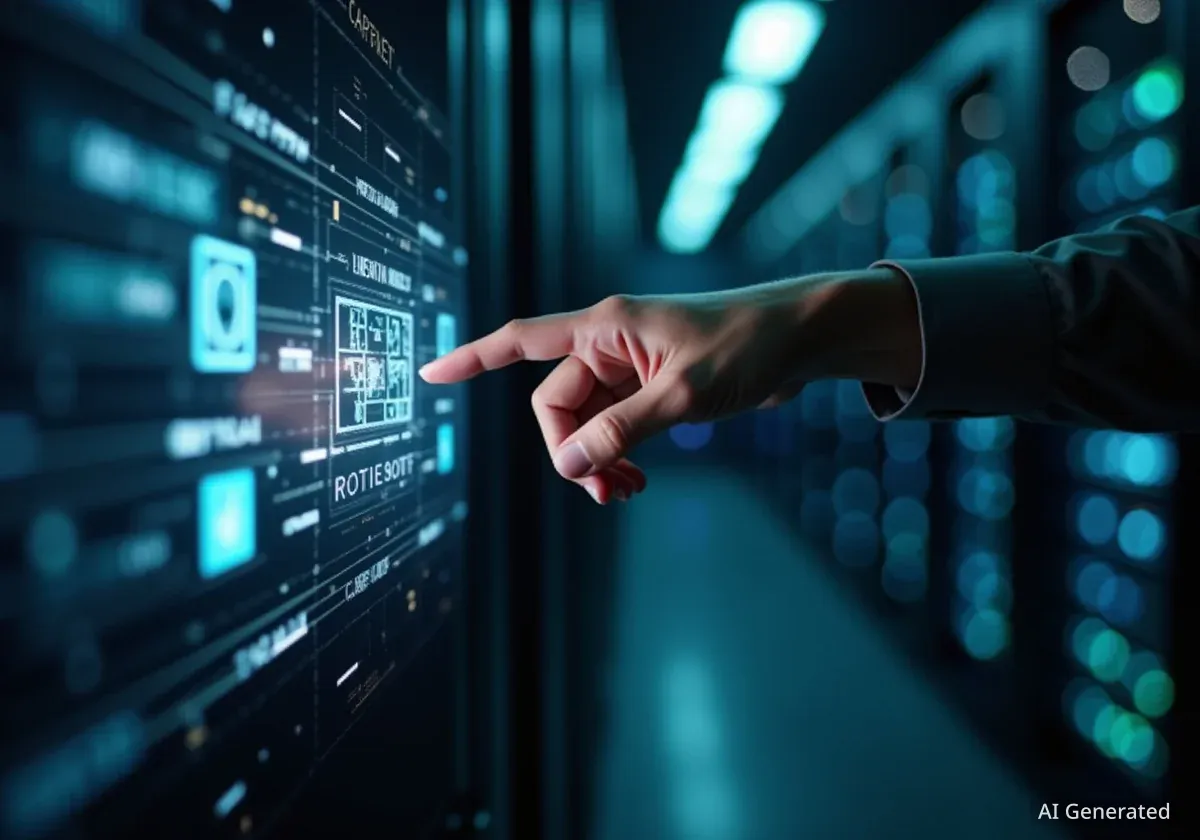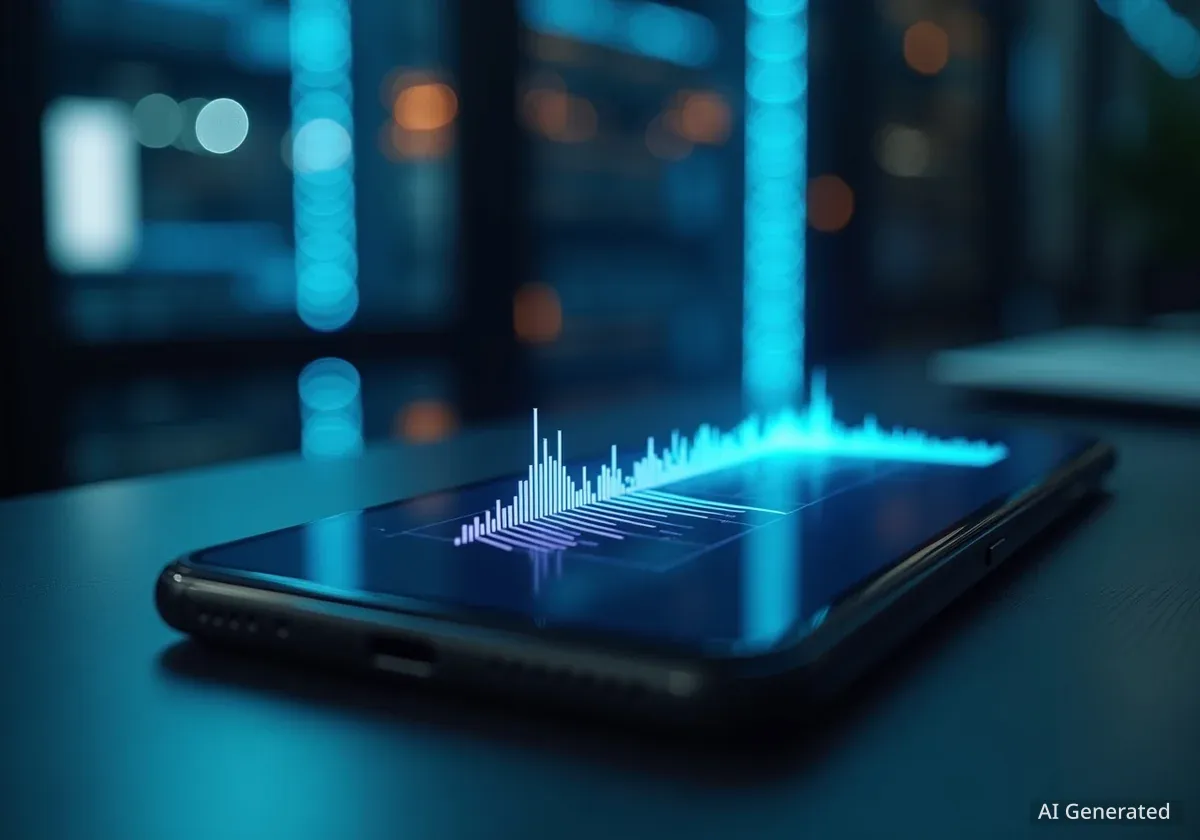The landscape of cybersecurity is undergoing a rapid transformation. Artificial intelligence is empowering hackers to develop fully automated cyberattacks. These attacks can move with unprecedented speed, intelligence, and customization, posing significant threats to critical infrastructure and financial systems.
Experts warn that such sophisticated attacks could disrupt essential services, including factory operations, hospital networks, and even national power grids, before human defenders can detect and respond to the breach.
Key Takeaways
- AI enables fully automated, faster, and more personalized cyberattacks.
- Critical infrastructure and financial services face increased risk.
- Nation-state actors are already integrating AI into their hacking operations.
- AI-powered phishing shows significantly higher success rates.
- Companies are using AI for defense, but new vulnerabilities are emerging.
The Rise of Automated Cyber Threats
Generative AI advancements are significantly enhancing the capabilities of malicious actors. This technology allows hackers to elevate their skill sets and automate various stages of the attack chain. This automation ranges from identifying system vulnerabilities to launching highly customized attacks on corporate networks.
Phil Venables, a partner at Ballistic Ventures and former security chief at Google Cloud, highlights the severity of this shift. He states that nation-state hackers are actively building tools to automate every aspect of their operations.
"Nation-state hackers are going to build tools to automate everything — from spotting vulnerabilities to launching customized attacks on company networks."
This automation promises to make cyberattacks more efficient and harder to trace. The speed at which these AI-driven attacks can unfold presents a major challenge for traditional defense mechanisms.
AI-Powered Phishing Success
A recent Microsoft report revealed that AI-automated phishing emails achieved a 54% click-through rate. This stands in stark contrast to the 12% rate for phishing attempts that did not utilize AI.
Targets and Actors
Cyber professionals surveyed by Deep Instinct, an AI-powered cybersecurity firm, confirm a growing trend. Hackers are increasingly targeting critical infrastructure and financial services companies. These sectors are highly vulnerable due to their essential role in society and the vast amounts of sensitive data they handle.
Intelligence sources indicate that cyber warriors from China, Russia, Iran, and North Korea are already embracing AI. They are experimenting with new methods to enhance their spying and hacking operations. This signals a global shift in cyber warfare tactics, with AI becoming a central component.
The implications extend beyond traditional data breaches. Advanced AI models, like OpenAI's Sora, can generate highly realistic videos. These deepfakes can be used to aid scammers, creating convincing but fake endorsements from celebrities for investment schemes, or even fabricating distress calls involving children. This new form of deception adds another layer of complexity to the threat landscape.
The Broader Impact
Ransomware gangs are also integrating AI into their operations. This allows them to refine and amplify attacks that have already cost U.S. corporations billions of dollars. While AI use by cybercriminals is currently more of an outlier, security responders anticipate a significant acceleration in data-stealing and file-encrypting attacks.
The Defense Against AI Attacks
In response to these escalating threats, cybersecurity leaders are placing their bets on their own AI capabilities. The strategy is clear: use advanced AI to counter AI-driven attacks. More than 80% of major companies are already deploying AI to strengthen their cyber defenses, according to the Deep Instinct survey.
These defensive measures are already yielding results. Wendi Whitmore, chief security intelligence officer at Palo Alto Networks, notes the positive impact of AI in current defense efforts. Autonomous AI-driven cybersecurity systems could soon identify vulnerabilities that human analysts might miss, a capability highlighted by Jen Easterly, former head of the federal government's Cybersecurity and Infrastructure Security Agency.
New Vulnerabilities and Countermeasures
Despite the advancements in defensive AI, new hacking techniques are emerging. One such method is "prompt injection." This sneaky hack silently hijacks AI systems by embedding malicious instructions within the data processed by AI models. This allows attackers to manipulate AI behavior without direct access to the system's core programming.
- Deterministic Security Measures: Companies are implementing unbreakable guardrails to prevent prompt injection and similar attacks.
- AI for Threat Detection: AI systems are being trained to recognize patterns indicative of AI-generated attacks, including sophisticated phishing and deepfake scams.
- Continuous Learning: Defensive AI models require constant updates and learning to keep pace with evolving attack methodologies.
The arms race between offensive and defensive AI is intensifying. The effectiveness of future cybersecurity will depend on the ability of defenders to innovate faster and smarter than their adversaries. This involves not only deploying advanced AI but also understanding the new vulnerabilities that AI itself can create.
The focus remains on building resilient systems capable of anticipating and neutralizing threats that are becoming increasingly autonomous and intelligent.





